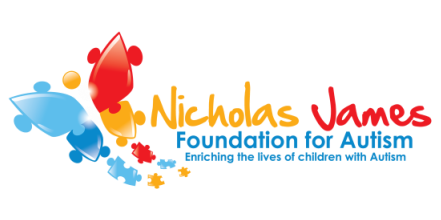Diagnosis
When parents or support providers become concerned that their child is not following a typical developmental course, they turn to experts, including psychologists, educators and medical professionals, for a diagnosis.
At first glance, some persons with autism may appear to have an intellectual disability, a sensory integration disorder, or problems with hearing or vision. To complicate matters further, these conditions can co-occur with autism. However, it is important to distinguish autism from other conditions, since an accurate diagnosis and early identification can provide the basis for building an appropriate and effective educational and treatment program. There are also other medical conditions or syndromes that can present symptoms that are confusingly similiar to autism's. This is known as differential diagnosis.
A brief observation in a single setting cannot present a true picture of an individual's abilities and behaviors. Parental (and caregiver) and/or teachers’ input and developmental history are important components of making an accurate diagnosis.
There are many differences between a medical diagnosis and an educational determination, or school evaluation, of a disability. A medical diagnosis is made by a physician based on an assessment of symptoms and diagnostic tests. A medical diagnosis of autism spectrum disorder, for instance, is most frequently made by a physician according to the Diagnostic and Statistical Manual (DSM-5) of the American Psychological Association (2013). This manual guides physicians in diagnosing autism spectrum disorder according to a specific number of symptoms.
An educational determination, in contrast, is made by a multidisciplinary evaluation team comprised of various school professionals. The evaluation results are reviewed by a team of qualified professionals and the parents to determine whether a student qualifies for special education and related services under the Individuals with Disabilities Education Act (IDEA) (Hawkins, 2009).
When parents or support providers become concerned that their child is not following a typical developmental course, they turn to experts, including psychologists, educators and medical professionals, for a diagnosis.
At first glance, some persons with autism may appear to have an intellectual disability, a sensory integration disorder, or problems with hearing or vision. To complicate matters further, these conditions can co-occur with autism. However, it is important to distinguish autism from other conditions, since an accurate diagnosis and early identification can provide the basis for building an appropriate and effective educational and treatment program. There are also other medical conditions or syndromes that can present symptoms that are confusingly similiar to autism's. This is known as differential diagnosis.
A brief observation in a single setting cannot present a true picture of an individual's abilities and behaviors. Parental (and caregiver) and/or teachers’ input and developmental history are important components of making an accurate diagnosis.
There are many differences between a medical diagnosis and an educational determination, or school evaluation, of a disability. A medical diagnosis is made by a physician based on an assessment of symptoms and diagnostic tests. A medical diagnosis of autism spectrum disorder, for instance, is most frequently made by a physician according to the Diagnostic and Statistical Manual (DSM-5) of the American Psychological Association (2013). This manual guides physicians in diagnosing autism spectrum disorder according to a specific number of symptoms.
An educational determination, in contrast, is made by a multidisciplinary evaluation team comprised of various school professionals. The evaluation results are reviewed by a team of qualified professionals and the parents to determine whether a student qualifies for special education and related services under the Individuals with Disabilities Education Act (IDEA) (Hawkins, 2009).
